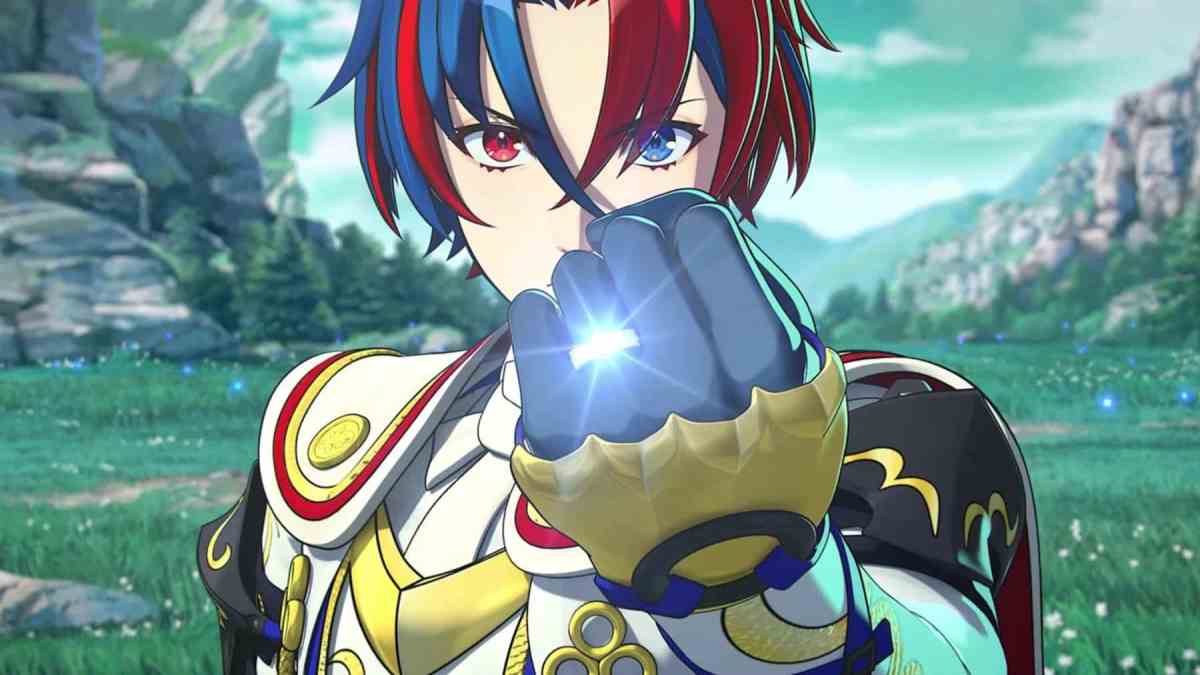The long-lasting memories of the superb Fire Emblem: Three Houses are still quite vivid in my mind, and heart. Even though it’s been years since my multi-playthrough binge, and a tumultuous pandemic felt like it added a decade to the space in between, I feel like I can still clearly remember how excited I was by the beats of the whole grand saga. So when I dove into the opening hours of Fire Emblem Engage, I can certainly say that I didn’t feel the same thing. Engage feels like a different kind of Fire Emblem game.
At the time of writing, I’m eight chapters in (which is all I’m at liberty to talk about at the moment), but the overarching narrative of Fire Emblem Engage isn’t quite the thing that’s keeping my attention, as it was in Three Houses. Engage features a group of neighbouring nations that sit in the land of Elyos, who may share alliances or have opposing ideologies, but complex political intrigue isn’t on the table here. There are representatives from each nation that get hurriedly pulled together to form your merry army, but their differences aren’t really the focal point of the story.
Read: Fire Emblem Engage review
Fire Emblem Engage: What’s the story here?
The plot of Fire Emblem Engage instead revolves around your protagonist, whose default name is Alear. They’re a supposedly powerful deity called the ‘Divine Dragon’ who has awoken after slumbering for 1000 years, just in time to rally the troops around another big bad who has also been awoken: the Fell Dragon.
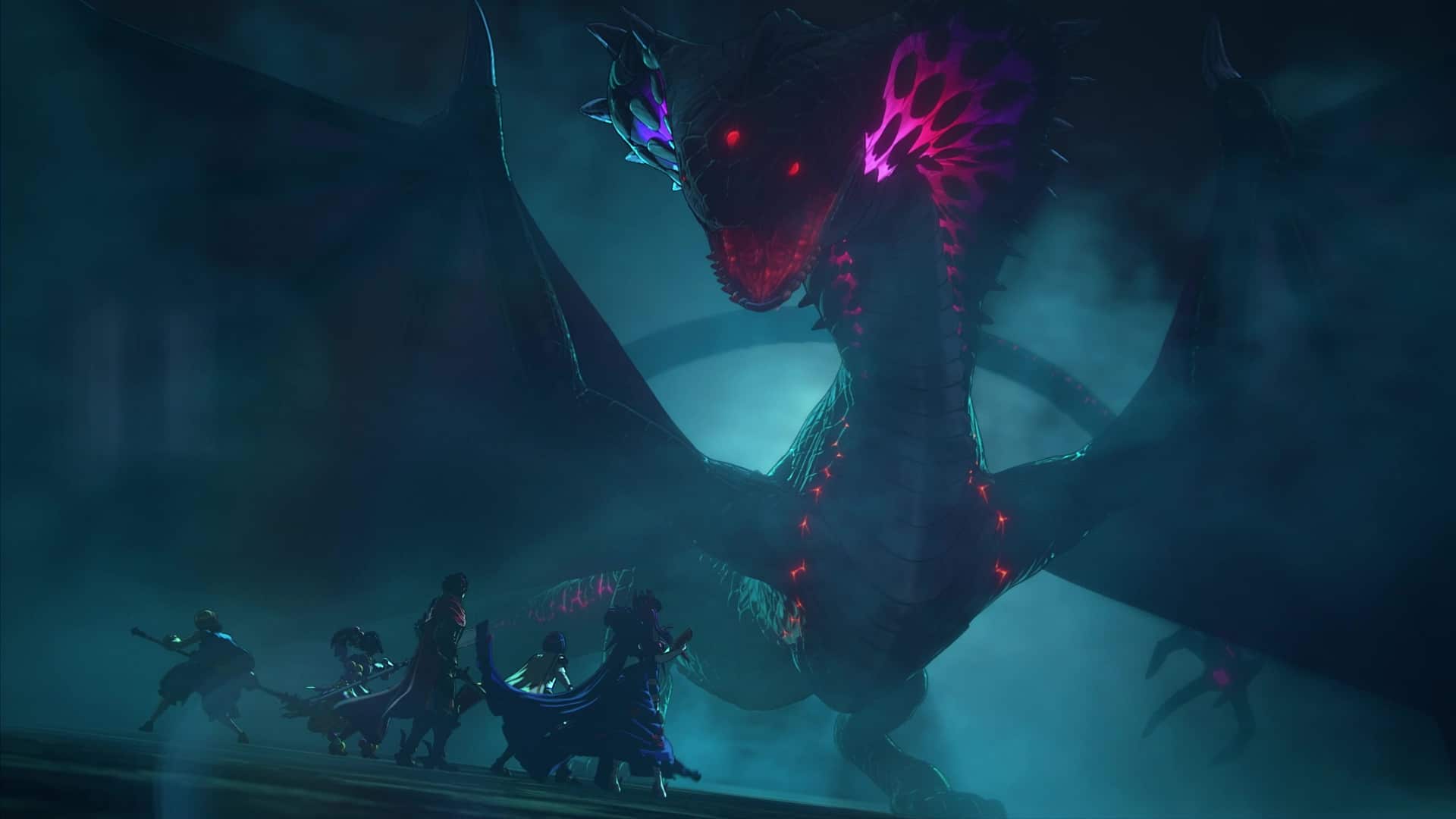
It feels like standard stuff, and like so many anime protagonists, Alear has a bad case of amnesia, too. They’re charmingly casual, naive, and sincere, much to the surprise of the people around them, who revere them as a kind of religious icon. Unlike Byleth in Three Houses, Alear has a full speaking role, and comes off as a bit of a ditz in these opening chapters as, to be honest, though that helps them work as an audience surrogate in the world of Engage, despite them being a deeply rooted centrepiece in the history and mythology of this world.
In this world also exist twelve rings, called Emblem Rings, which Alear can use to summon twelve individual spirits (the ‘Emblems’ themselves), all of whom are significant characters from past Fire Emblem games, for reasons that aren’t really adequately explained at this point in the game. When equipped, they greatly enhance the abilities of characters on the battlefield.
So in their journey to build a powerful fighting force to take down the Fell Dragon once more, Alear needs to travel through the nations of Elyos to collect the full set of these powerful Emblem Rings, which have been entrusted to various royal families for safekeeping while they slept.
The opening acts are basically this road trip journey through the nations, with Alear quickly absorbing new allies and gaining new Emblem Rings. The character designs (or rather, costume designs) of allies and enemy soldiers alike get pretty out there, and insinuate a lot about the personalities behind them, but characters aren’t explored very deeply from the outset. A lot of the supporting characters feel like they quickly fall by the wayside as the next major supporting character and their attendants are introduced and subsequently absorbed into the troupe.
So Fire Emblem Engage doesn’t really have the hotbed of high school politics that made Three Houses so instantly compelling in that respect. But the Emblem Rings themselves add an exciting new layer to the tactical turn-based combat portion of the game, in addition to a few other significant tweaks, which help that side Engage to really hold your attention.
Combat changes and the Emblem Rings
Engage feels like the Super Sentai / Power Rangers-themed edition of Fire Emblem, in that all of its narrative conceits feel like they’re specifically in service of making its large-scale battles more exciting. As mentioned, each Emblem Ring contains the spirit of a hero from a previous Fire Emblem game – Byleth from Three Houses, Marth from Awakening, Corrin from Fates and Lyn from Blazing Blade have all been confirmed to appear, among others.
Equipping one of your characters with an Emblem Ring will passively improve their performance in battles in different ways, depending on the ring itself, as well as allowing them to perform an ‘Engage’ technique with the Emblem spirit, and transform the character into a glowing, hybridised being that has access to powerful ‘ultimate’-style abilities, and the use of unique weapons aligned with the Emblem spirit in question – but only for a few turns.
Thanks in part to the time limit of Engaging with an Emblem, and the additional time required to recharge the ability, they don’t feel like an overpowered tool. Many of the stronger abilities and benefits of each Emblem Ring character is also quite situational, and the devastating Engage abilities can only be used once per battle.
While the narrative logic of it isn’t really explored at this point in the game, it really changes how the flow of combat feels compared to other Fire Emblem games. For me, it meant that a lot of my strategies revolved around making sure units equipped with Emblem Rings were constantly protected by other units as they strategically moved into optimal positions, ready to Engage and be unleashed on particularly dangerous enemy units at the right time – like unleashing a mecha from Neon Genesis Evangelion at a key moment. Usually, I’m one to throw my main characters into the fray, and separate my groups a lot more.
While the opening hours only gives you access to a small handful of Emblem Rings to equip your characters with, you also have the ability to forge Bond Rings outside of battles – a random, gacha-like procedure where you spend a currency (Bond Fragments) to procure rings imbued with lessers Fire Emblem characters. These provide simple stat bonuses to characters – but it’s a process which I haven’t particularly felt the desire to interact with too much, since I found that the currency is better used to improve the relationship with Emblem Ring spirits with characters, resulting in far more tangible benefits.
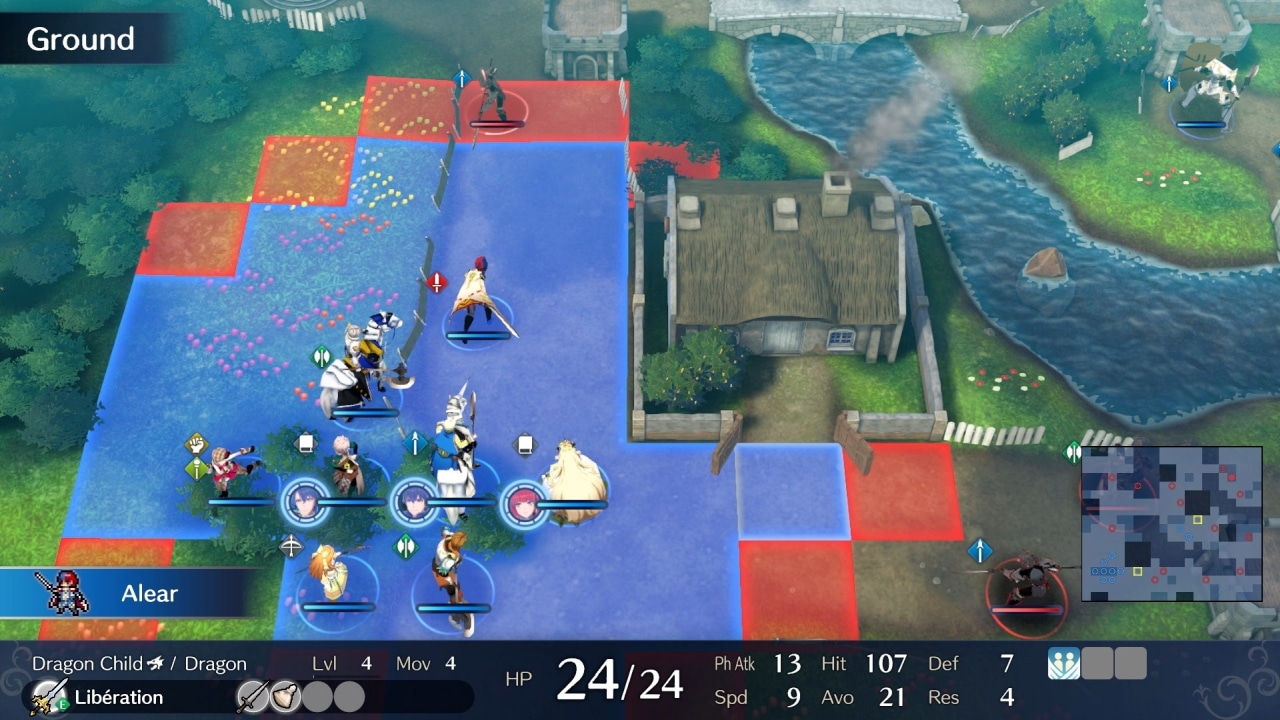
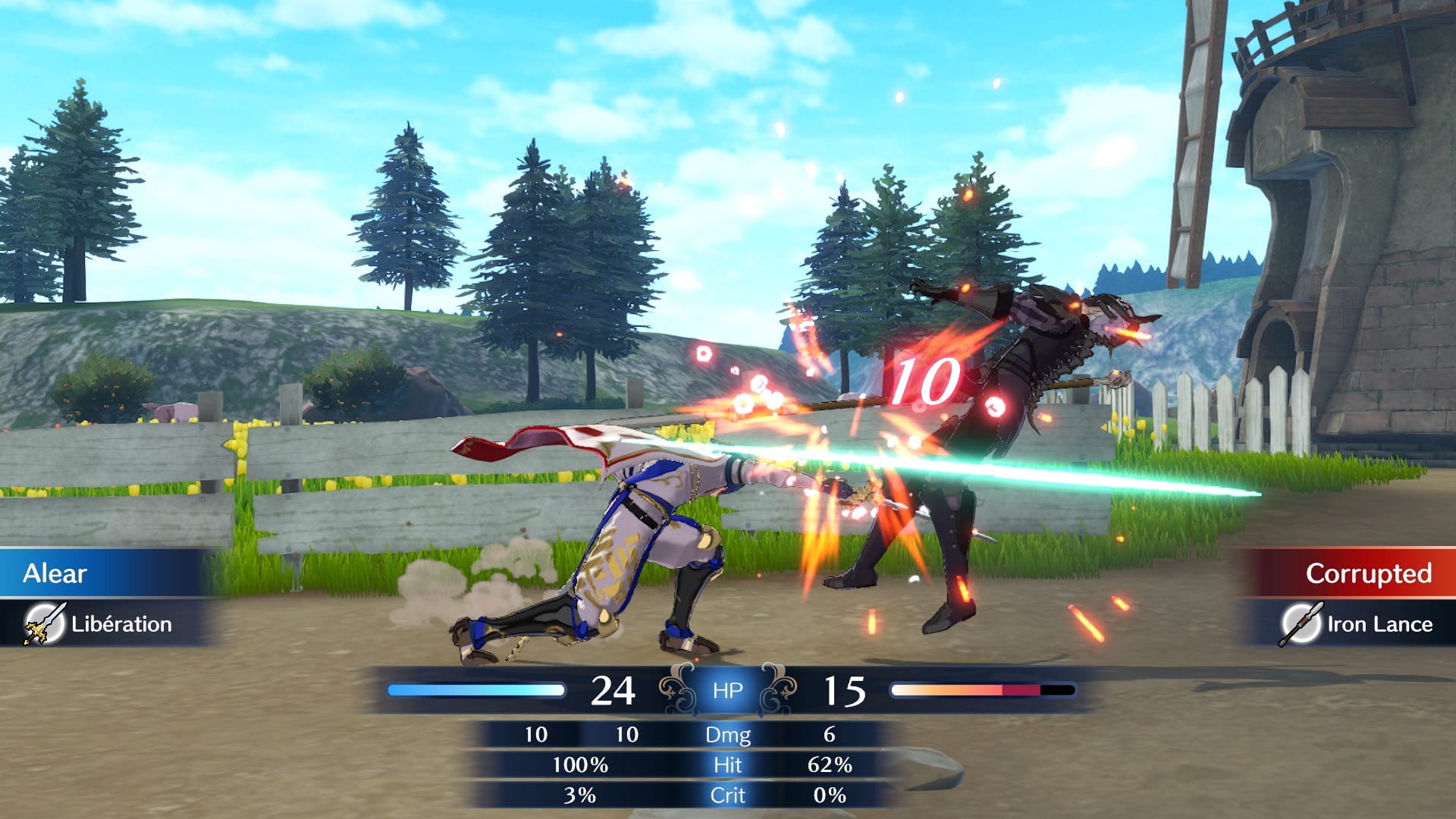
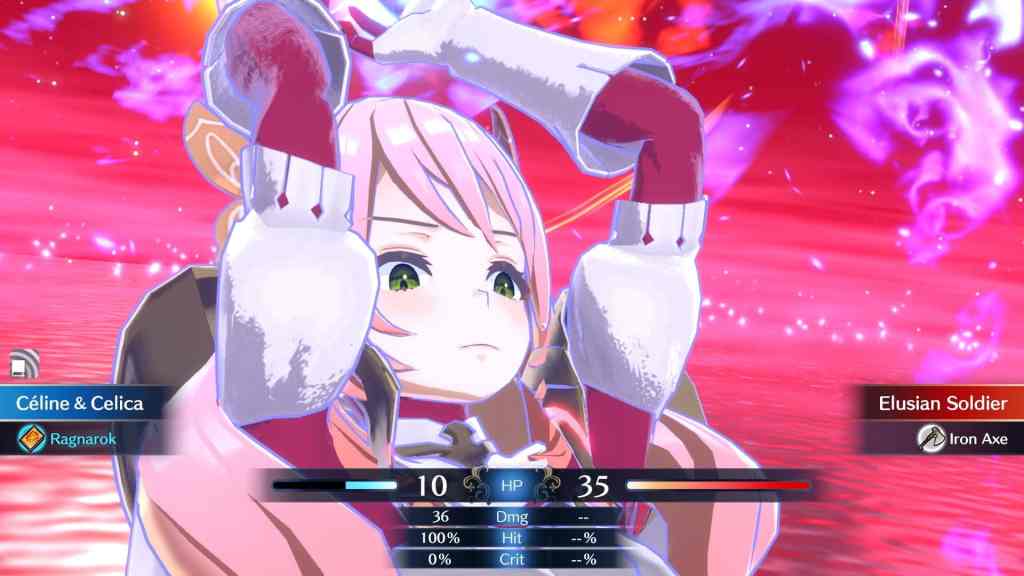
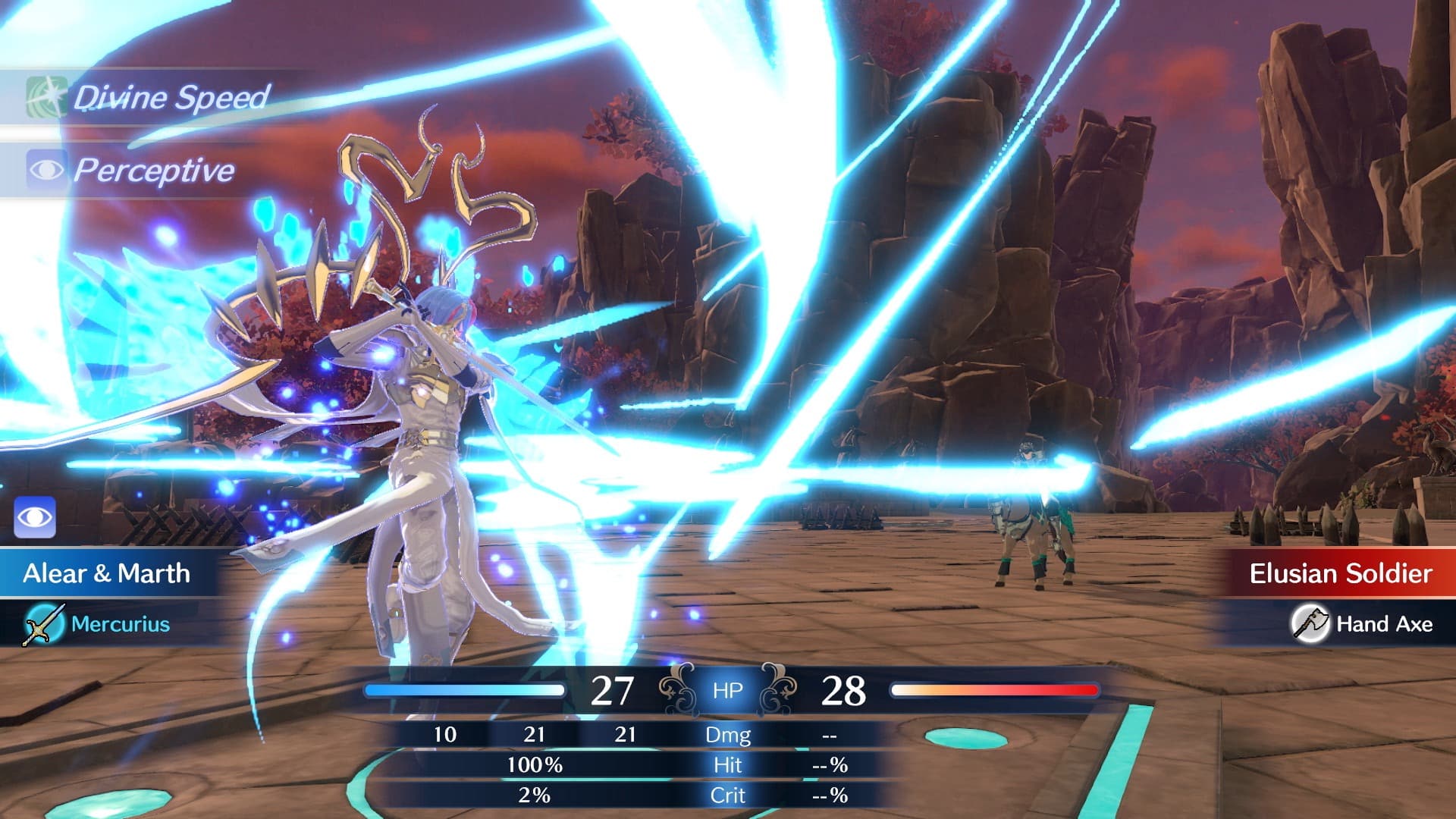
A few new mechanics also add to the considerations on the battlefield, making each move you make feel even more high-stakes.
The most significant of these is the Break mechanic, which makes Fire Emblem’s weapon triangle – ie. swords have an advantage over axes, axes have an advantage over spears, and spears over swords – even more important. A successful attack with a type advantage now has the ability to disarm the defender, removing their capacity to deliver a counterblow during any subsequent attacks. In addition, martial arts classes have the advantage and ability to break archers, knife-wielders, and mages. This minor tweak really has an incredibly significant impact on your decision-making – the punishment for acting without consideration is much higher.
Fire Emblem Engage also naturally features the series’ permanent death rule, where characters who die in battle are lost for good, but also features several difficulty settings and modifiers that can make things much more lenient or much more punishing. Thankfully, it also once again features a tool that lets you turn back and retake a series of decisions, though the usage of this tool varies between difficulty settings.
Improved visual presentation in combat sees the top-down camera now perform an unbroken swoop down into the battlefield when depicting combat actions, which grounds everything in a much more exciting way, creating a more understandable and exciting representation of what’s going on. Following a battle, you’re also given the opportunity to wander the battlefield in a free-roaming, third-person mode in order to survey the grounds on foot, collect items, and briefly debrief with your allies. It has the same effect of reducing the detachment that can sometimes come during Fire Emblem battles, and it’s a great technique to give you a chance to reflect on the path you just carved.
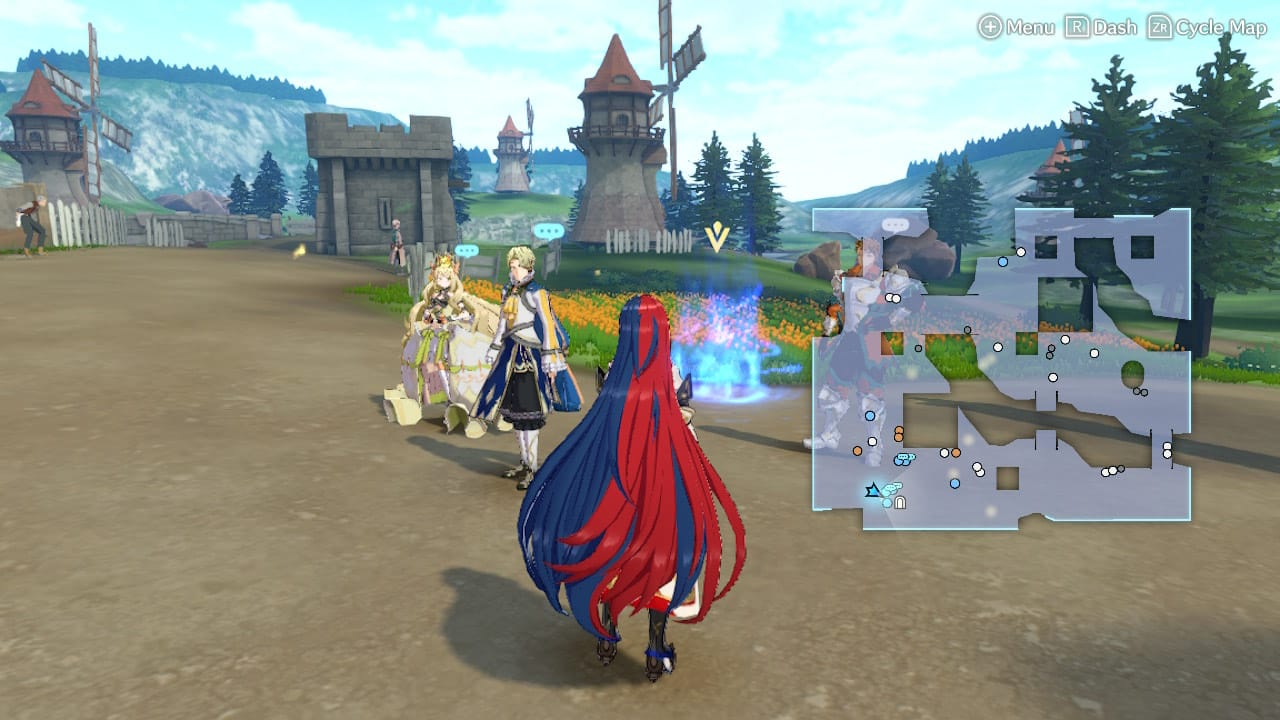
Even though the rest of the game feels like it moves along quite hurriedly, the greater care and attention given to battles in Engage makes them feel much more significant, which works especially well.
The Somniel
Outside of battles, Fire Emblem Engage also features a hub world to regroup in. Called the Somniel, it’s a floating fortress that acts as the base of operations in between each and every combat encounter – whether it was a story mission, a paralogue, or just a random skirmish – and you’re encouraged to visit it each time to reap the maximum benefits of its services.
Like Garreg Mach Monastery in Three Houses, it’s experienced from a third-person perspective, and houses several opportunities for you to both improve the core combat ability of your characters, as well as strengthen the social bonds between them for additional bonuses. Minigames like fishing and exercising also provide small boosts in character ability and resources, and resources can also be regularly harvested from locations around the fort, including a farmyard where you can stable animals you find when exploring the aftermath of battles.
Stores selling weapons, clothing, and items are all conveniently located within a stone’s throw of each other – in fact, every facility is just a quick jog away, and can be accessed even more quickly from a menu-based system that houses fast travel and quick access to things like initiating support conversations.
And although incredibly convenient, the way the Somniel is constructed certainly gives it the air of a location built for entirely practical purposes, rather than with the goal of placing you in a living, breathing place – there’s only one bedroom on the Somniel, and it’s yours. Where Garreg Mach felt like a joy to explore and take in – I loved running around the dorms trying to find all my favourite characters – at this early point in Engage the Somniel feels much more like a checklist of tasks to complete after every battle. Train at the arena three times. Have a meal with two people. Collect the fruit. Pet and feed the animal mascot. Head out to the next battle, and repeat. I don’t even feel the need to talk to run around and talk to anyone – social conversations are more easily activated through a menu, anyway.
Perhaps this will change as the games continues for what is likely to be dozens and dozens of hours, as more allies and activities open up. But right now, like the actual plot of Engage, it seems to simply act in service of enhancing the combat phase of the game – getting you quickly equipped and back into it as soon as possible.
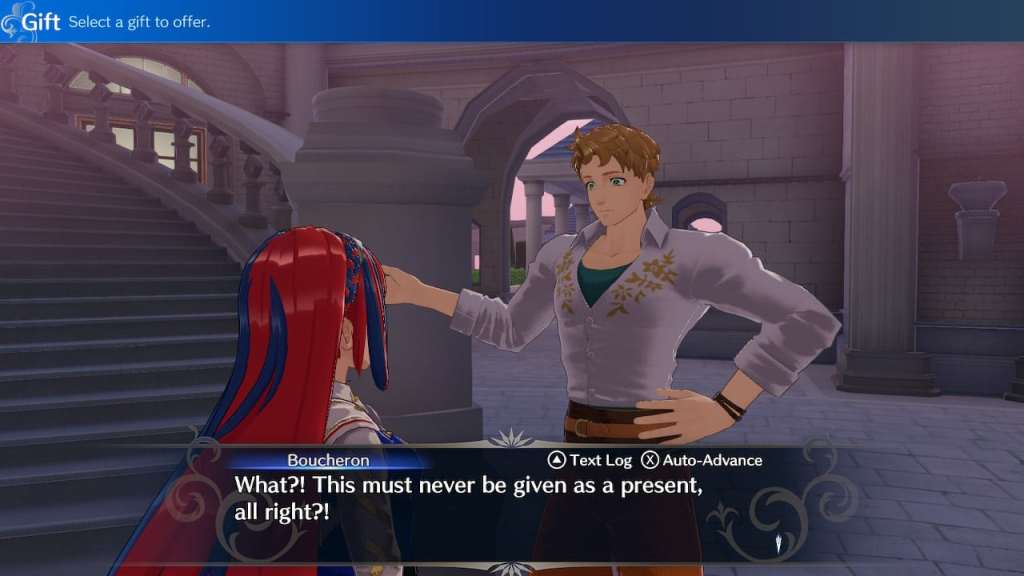
Even though Engage at this early stage doesn’t feel as cohesively compelling as Three Houses did, I suspect that the events of the game will become more tumultuous in the dozens and dozens of hours past Chapter 8. There’s a long way to go, but as it stands from the games’ opening chapters, Fire Emblem Engage seems to definitely have its sights sets on honing the turn-based tactical component of the game first and foremost, and making sure you’re always quickly on the way to a big new battle where every decision you make is an agonizing life or death decision – that’s the good stuff.
Fire Emblem Engage will be available on
